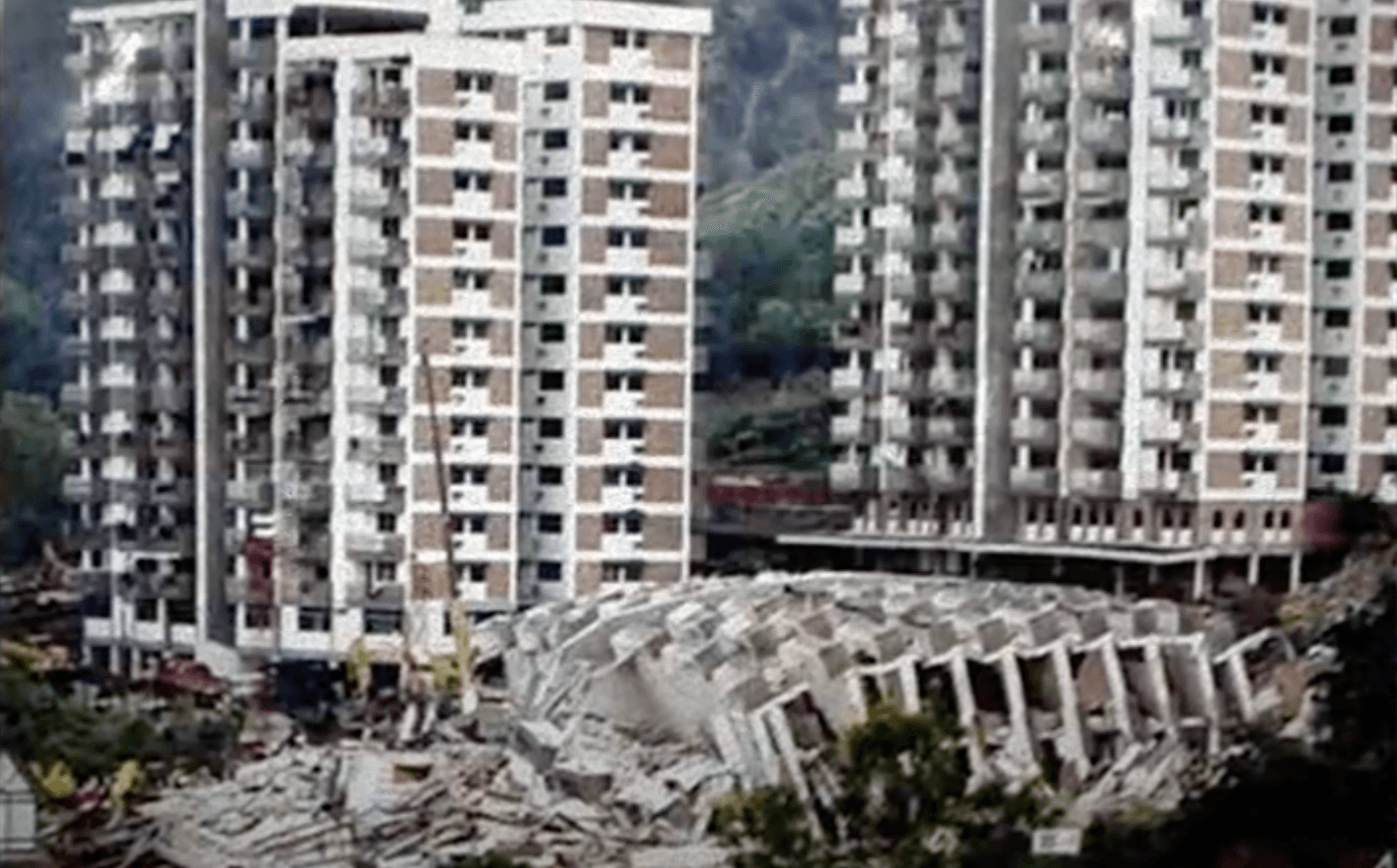27 years after tower collapse, hill projects still on a slippery slope
Scores of fatal landslides are still occurring across the country.
Just In
When an entire condominium block in Ulu Kelang tipped over, killing 48 residents in 1993, it didn’t take long to determine the culprit behind the tragedy which made world headlines.
The collapse of the block at Highland Towers, triggered by landslides, was blamed on land clearing at two nearby housing project sites, and a badly constructed retaining wall that was not properly maintained.
Since then, scores of fatal landslides have occurred nationwide.
One study notes 21,000 landslide-prone areas throughout the country, some 76% of which are in Peninsular Malaysia.
In the Klang Valley, Ulu Klang, Hulu Langat and parts of Kuala Lumpur have been identified by SlopeWatch, a group which monitors slopes for signs of landslides and offers solutions for simple slope maintenance.
There are some guidelines on slope management and hill development but no clear plan on what needs to be done when residents observe something unusual, or even dangerous, says Eriko Motoyama, the programme director of SlopeWatch.
Motoyama, who specialised in slope engineering at the Public Works Department (JKR), said her group collects reports and does the necessary paperwork.
But the process involving local authorities has been tedious.
“Although we understand that local authorities have to deal with a lot of complaints and reports, they must understand that slopes don’t wait,” she told MalaysiaNow.
She said an effective SOP is needed on the timeframe to acknowledge the report, inspection conducted and action to be taken.
Just two years ago, the group reported a possible soil movement in Genting Highlands.
The warning was not heeded.

Last year, a landslide left the road leading to Amber Court, an apartment complex in Genting Highlands, thick with mud, rocks and debris following heavy rain.
“Evidently no actions or precautions were taken by the respective local authorities,” Motoyama said.
The Highland Towers incident changed the public’s mindset on the need to regulate slope development.
In its aftermath, JKR set up its Slope Engineering Branch to oversee development in hilly areas.
Gue See Sew, a geotechnical and engineering consultant, said numerous guidelines on policies for hill development had been introduced with more stringent conditions for approval.But he said slope engineering needs expertise among local authorities.
Currently, it comes under JKR which is only responsible for government buildings and roads.
According to Gue, there is no central agency to guide the 149 local authorities nationwide on slope safety.
“We need to establish a dedicated agency for slope safety which will be responsible for mitigating landslides and overlooking development involving slopes,” he said.
Gue said the available guidelines, one prepared by JKR and three by authorities in Selangor, Penang and Kuala Lumpur, were reactions to past incidents.
He added that little had been learnt despite the series of tragedies, citing the example of Ulu Kelang where massive development projects are still underway.
He also spoke of a lack of ground investigations and a need for knowledge on structural analysis and design, failings which he said were to blame for 60% of landslides.
He said developers should engage competent engineers and contractors.
Motoyama meanwhile sees two main flaws: the approval process and the manner in which projects are constructed.
“Some projects such as roads and highways are under the purview of the federal government while residential and commercial properties are under the jurisdiction of the respective local authorities.
“How do the authorities look into the qualifications of the contractors hired to handle slope development? Which guideline are they following?”
Subscribe to our newsletter
To be updated with all the latest news and analyses daily.
